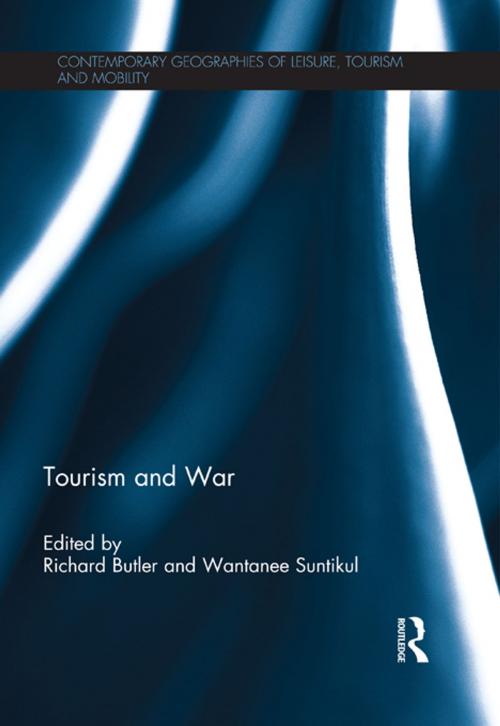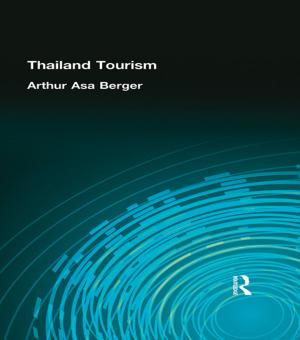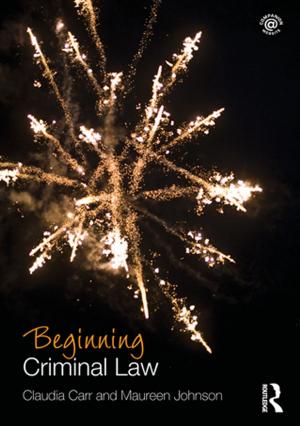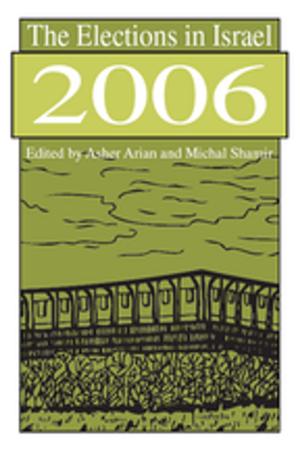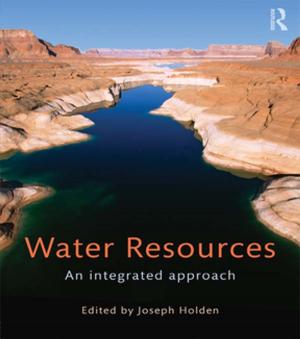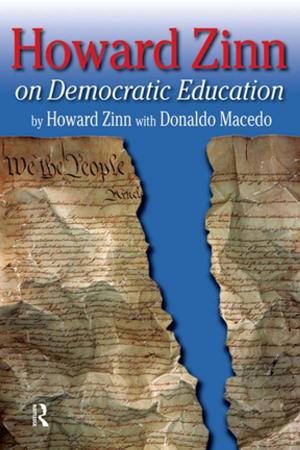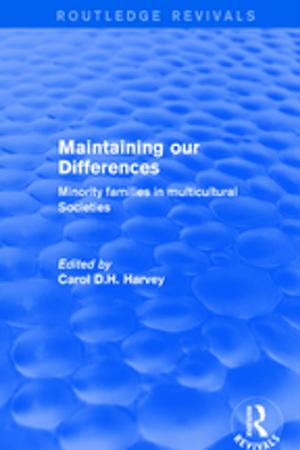Tourism and War
Business & Finance, Industries & Professions, Hospitality, Tourism & Travel, Nonfiction, Travel| Author: | ISBN: | 9781136263095 | |
| Publisher: | Taylor and Francis | Publication: | May 7, 2013 |
| Imprint: | Routledge | Language: | English |
| Author: | |
| ISBN: | 9781136263095 |
| Publisher: | Taylor and Francis |
| Publication: | May 7, 2013 |
| Imprint: | Routledge |
| Language: | English |
This is the first volume to fully explore the complex relationship between war and tourism by considering its full range of dynamics; including political, psychological, economic and ideological factors at different levels, in different political and geographical locations. Issues of peace and tourism are dealt with insofar as they pertain to the effects of war on tourism that emerge after the cessation of hostilities. The book therefore reveals how not only location, but also political strategies, accidents of history, transportation linkages, and economic expediency all have played their role in the development and continuation of tourism before, during, and after wartime. It further show how the effects of war are seldom if ever simply a negation or reversal of the effects of peace on tourism.
The volume draws on a range of examples, from medieval times to the present, to reveal the multi-faceted development of tourism amidst and because of conflict in a wide variety of locations, including the Pacific, Europe, the Middle East, North America, Africa and South East Asia, showing the diverse ways in which tourism and war interacts. In doing so it explores how some locations have been developed as tourist attractions primarily because of war and conflict, e.g. as resting and training places for troops, and others flourished because of the threat of danger from conflicts to more traditional tourist locations.
This thought provoking volume contributes to the understanding of the interrelationships between war, peace and tourism in many different parts of the world at different scales. It will be valuable reading for all those interested in this topic as well as dark tourism, battlefield tourism and heritage tourism.
This is the first volume to fully explore the complex relationship between war and tourism by considering its full range of dynamics; including political, psychological, economic and ideological factors at different levels, in different political and geographical locations. Issues of peace and tourism are dealt with insofar as they pertain to the effects of war on tourism that emerge after the cessation of hostilities. The book therefore reveals how not only location, but also political strategies, accidents of history, transportation linkages, and economic expediency all have played their role in the development and continuation of tourism before, during, and after wartime. It further show how the effects of war are seldom if ever simply a negation or reversal of the effects of peace on tourism.
The volume draws on a range of examples, from medieval times to the present, to reveal the multi-faceted development of tourism amidst and because of conflict in a wide variety of locations, including the Pacific, Europe, the Middle East, North America, Africa and South East Asia, showing the diverse ways in which tourism and war interacts. In doing so it explores how some locations have been developed as tourist attractions primarily because of war and conflict, e.g. as resting and training places for troops, and others flourished because of the threat of danger from conflicts to more traditional tourist locations.
This thought provoking volume contributes to the understanding of the interrelationships between war, peace and tourism in many different parts of the world at different scales. It will be valuable reading for all those interested in this topic as well as dark tourism, battlefield tourism and heritage tourism.
